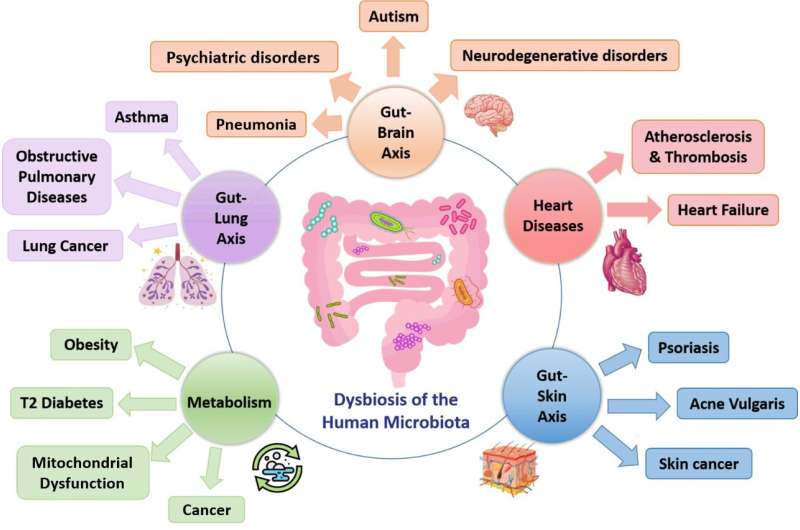cheap crestor 5 mg


After the last meeting of the International Society of Microbiota (ISM), cvs pharmacy caremark a well-documented report and statement were published. Numerous investigations showed a bidirectional interplay between gut microbiota and many organs within the human body such as the intestines, the lungs, the brain, and the skin. A large body of evidence demonstrated, more than a decade ago, that gut microbial alteration is a key factor in the pathogenesis of many local and systemic disorders. In this regard, a deep understanding of the mechanisms involved in the gut microbial symbiosis/dysbiosis is crucial for the clinical and health field.
The scientific Board of ISM published the most recent studies on the involvement of gut microbiota in the pathogenesis of many diseases. They also elaborated the different strategies used to manipulate the gut microbiota in the prevention and treatment of disorders. The conclusion of this report confirms again that the future of medicine and health is strongly related to our microbiota.
21 authors and members of the International Society of Microbiota, coming from 8 countries and more than 10 institutions published a new strategic report titled “Microbiota medicine: towards clinical revolution.” This review was published in the Journal of Translational Medicine.
From human microbiome and microbiota dysbiosis in human diseases to the therapeutic strategies in the gut microbiota manipulation, this article clarifies the key role and implication of microbiota in human health. Gut microbiota is in constant flux with human evolution, as well as with the host gastrointestinal microenvironment, which makes it easily altered by many endogen and external factors. Among the latter, the built-in microbiome environment can have a great impact on human health.
It has been widely demonstrated that gut microbiota is tightly related to host organs through a multidirectional crosstalk involved in maintaining a global homeostasis. Among these flora-organ interactions are gut-lung, gut-brain, gut-skin axes, and many others. Any microbial dysbiosis could lead to an increased risk of pathogenesis of many diseases. For instance, some dysbioses are responsible for the inflammation of the gastrointestinal tract, metabolic and cardiovascular-renal disorders, as well as neurological disorders.
In the therapeutic context, targeting specific microbial components or metabolites could provide a tool in the treatment of many diseases. Beyond having pre- or probiotics, which are the traditional and first line choice of microbial therapies, other strategies are being clinically studied such as FMT, metabolites, phages and miRNAs.
Source: Read Full Article